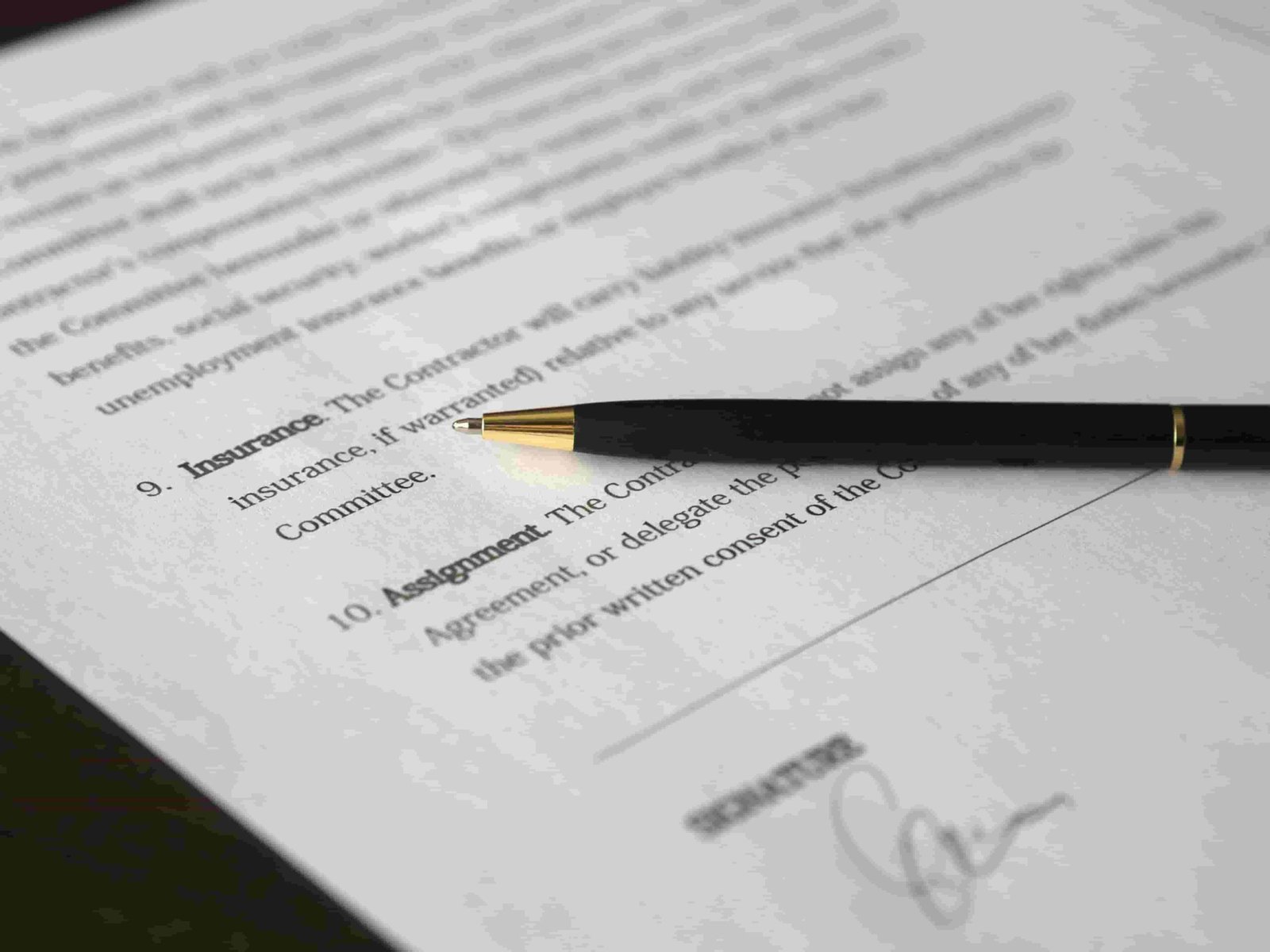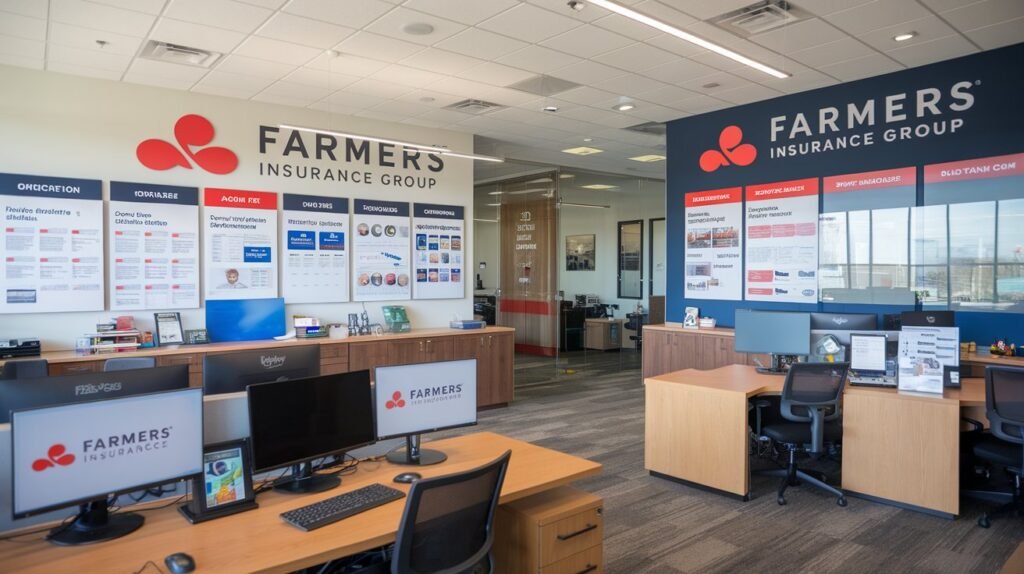Intro
Understanding the concept of car insurance as a complete agreement can be a bit challenging. There are our main car insurance components: insurance for you, for others, and for the car itself. Each of these factors is elaborated on in this article, specifically liability and physical damage to enable you to grasp what is needed to insure your car.
What is Liability Insurance?
Liability insurance is of extreme importance because it offers a provision against potential financial loss that one can suffer if he is found guilty of causing an accident. As the individual resides in a particular state, the laws concerning liability will most likely be different. In most states, a comparative system of negligence is in place, which means that once it is determined that you are 51% at fault or more in an accident, you are responsible for any damages that follow.
Liability insurance can quite simply be defined by two main components: bodily injury and property damage. This categorization contributes to a proper understanding of these categories to assist when assessing the level of coverage you possess.
-
Bodily Injury Liability
Substantial injury risk covers costs coming about because of wounds that are supported by different gatherings during a mishap for which you are to blame. For delineation, assuming you have the clinical service strategy for up to $100,000, the protection will just spend that sum for your clinical expenses. These policies will usually be under the split coverage orientation, implying that they will state a ceiling for an individual and a ceiling for an accident. One normal sort of parted inclusion is $100,000 per individual and $300,000 per episode.
However, in the posts of Michigan, one can observe that as far as possible is normally $250,000 per individual and $500,000 in the event of a mishap. By choosing higher limits it can be expected that a premium increase will be witnessed therefore speaking to an insurance agent about which limits suit you best will save you money.
-
Property Damage Liability
Property harm responsibility relates to the harm that you cause to the substantial property of an outsider, like his vehicle, house, or some other design. As far as possible is normally by your risk for real injury. A policyholder who has a constraint of expressing $100,000 in risk for real injury will most presumably have up to no less than $100,000 in obligation for property harm. There is a need to consider if these limits are appropriate considering one’s wealth and future liabilities. F, F. For example, NYLIM has set such limits at $38000 and $48000 respectively. Unfortunately, most insurance companies remain so conservative in such decisions.
Understanding Uninsured and Underinsured Motorist Coverage
Obligation inclusion guarantees that the other party will be redressed, while uninsured and underinsured driver inclusion remunerates you. It becomes more vital to have this inclusion as the quantity of uninsured drivers keeps on developing.
-
Uninsured Motorist Coverage
This inclusion safeguards you from harm on the occasion you are in a mishap with an uninsured driver. If you are harmed in such an accident, your physical issue based on uninsured driver inclusion will ordinarily pay for your clinical costs, at the limit level like that of substantial injury obligation.
-
Underinsured Motorist Coverage
Underinsured driver inclusion kicks in when the to-blame party has protection, however, their inclusion is deficient to take care of your clinical expenses. For instance, where there is a $500,000 limit and the other driver has just a $50,000 strategy with them, the underinsured driver inclusion can pay the equilibrium of the costs up as far as possible.
Read More : Understanding the Trends in Car Insurance Prices
Furthermore, you should convey actual harm inclusion notwithstanding the obligation part of inclusion. This inclusion normally comprises two fundamental parts: extensive and impact inclusion.
Comprehensive Coverage
Thorough protection makes up for the harm caused to your vehicle other than auto crashes. It very well may be fire, burglary, some creature assault, or defacing. For example, if a deer runs into your vehicle, the harm would regularly be paid under the exhaustive inclusion.
Collision Coverage
All repairs made to a car that is damaged through contact with another object or vehicle are referred to as collision coverage. This includes cases like knocking over a mailbox or colliding with another vehicle. Concerning a vehicle that is on loan, this insurance is more or less always needed to help keep the lenders secure.

Understanding Deductibles
While making a protection guarantee, a deductible is the sum you consent to pay out of your cash before your insurance agency can cover any costs. It is often the case that higher deductibles give a lower premium such that there is always a point where this must be optimized in terms of your budget.
Typical indicated measures of deductibles range somewhere in the range of $500 and $2000. Picking a deductible involves deciding the amount one might want to pay in case of a mishap and the month-to-month protection installment they would cause.
Choosing the Right Coverage
- Evaluating any insurable risk requires a consideration of your situation including your finances, how much you drive, and the worth of your vehicle. It’s better to communicate with an insurance agent who will guide you in selecting the most fitting policy.
- Many ordinary people go for the average insurance policy known as full coverage. However, it is very important to note that the word ‘full coverage’ is not uniform and can mean different things in different environments. As a rule, full coverage comprises liability and physical damage insurance but there are variances depending on state laws and personal coverage policies.
Conclusion
Gaining knowledge about car insurance is very important as it helps safeguard you, your car as well as other people on the road. Liability, uninsured and underinsured motorist, and physical damage coverage are all crucial to understanding and will help anyone make strategically focused decisions regarding their insurance. Always remember to observe the way that your report ought to constantly be revived and that you ought to contact a satisfactory individual to ensure that the inclusion that suits you is adequate.
Assuming you wish to find out about vehicle protection and its connected perspectives, kindly allude to different materials or contact a protection specialist to make things clearer.
FAQs: Understanding the Key Components of Car Insurance
Q. What is Liability Insurance in Car Insurance?
A. Understanding risk protection goes a long way as far as preventing losses from injuries that may be caused by an accident in one way or another. Risk protection in other words includes cover for any financial responsibility of a legal nature. It encompasses physical injury coverage to third parties as well as coverage for property loss. For example, in the case of hospital bills to someone hurt because of you or house repair costs for a damaged house, this defendant’s insurance, in case of such situations, settles these expenses till the vital amount of the policy is reached.
Q. What is the difference between Bodily Injury and Property Damage Liability?
A. Injury risk is an obligatory protection repayment that tends to clinical costs because of injury to untouchables in an occurrence where the guiltless party is defenseless to being faulted for the offense. Harm responsibility of organizations such as protection inclusion which accommodates pay in real money or kind for misfortune or harm of property having a place with others and which has been brought about via imprudence of the guaranteed individual.
Q. What is Uninsured and Underinsured Motorist Coverage?
A. If an individual has a setback with someone who doesn’t have security, an Uninsured driver protects the person in such circumstances. On the other hand, Underinsured driver inclusion is suitable for a situation where a policyholder has insurance in case the other driver’s insurance doesn’t seem to cover the costs and the individual has a starting 25% deductible.
Q. What does Comprehensive and Collision Coverage include?
A. Far-reaching inclusion, in parts of accident coverage strategy, pays out for harms other than those brought about by impacts like fire, burglary, or normal catastrophes. Influence inclusion remunerates the misfortune or harm that emerges because of the contribution of the car in a mishap with another vehicle or an article.
Q. What is a deductible in Car Insurance?
A. A protection deductible alludes to the sum that you will pay before any leftover expenses are caused during the protection inclusion. If you choose a higher insurance deductible, most presumably your regularly scheduled payment gets lower however at that point the pocket costs after a mishap become higher.

















Pingback: Insurance for Entertainment Businesses in the USA
Pingback: The Future of Insurance Rates: What to Expect in 2025